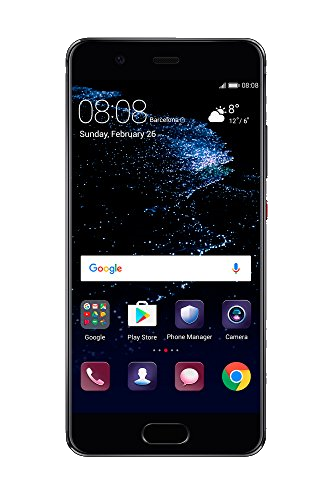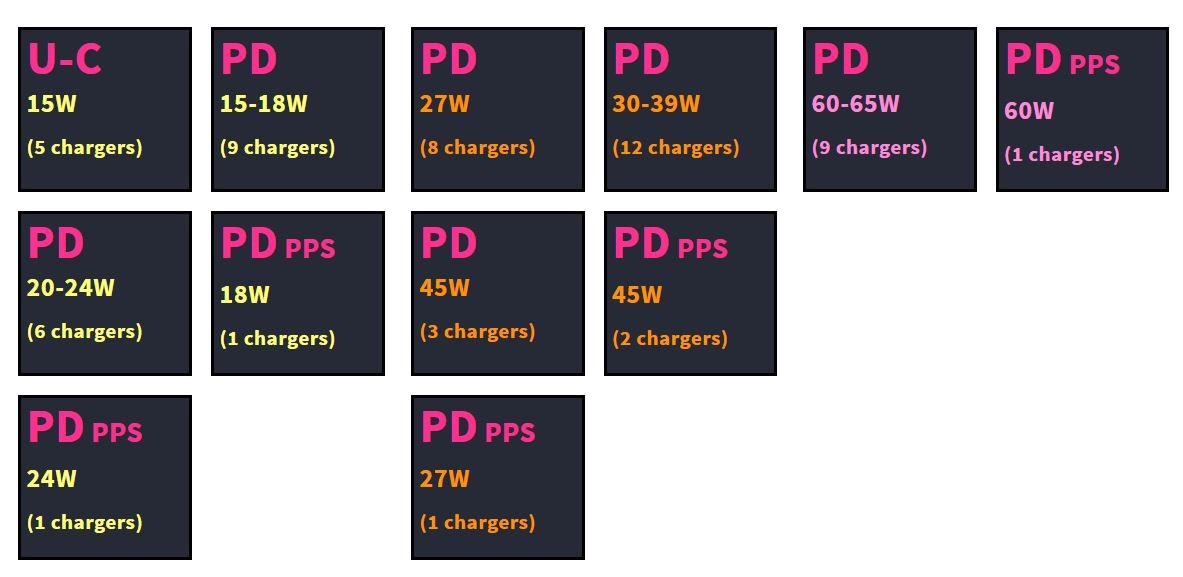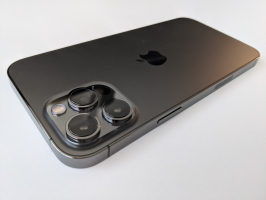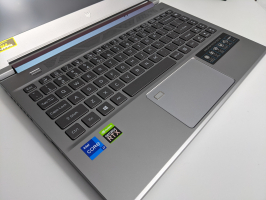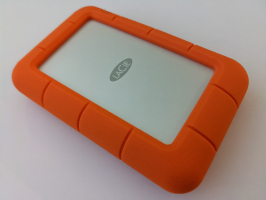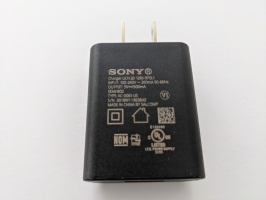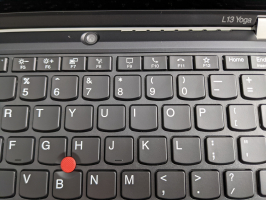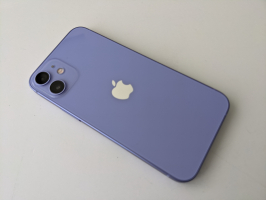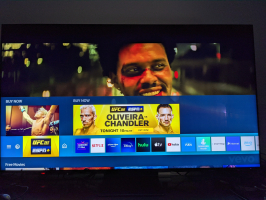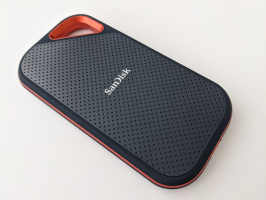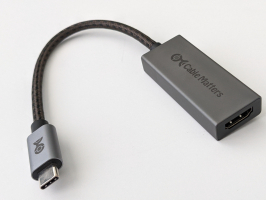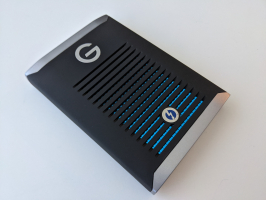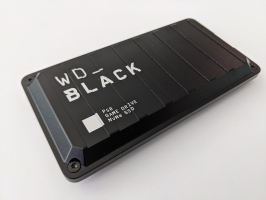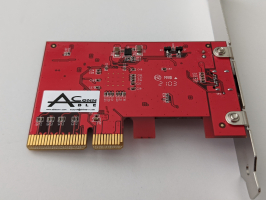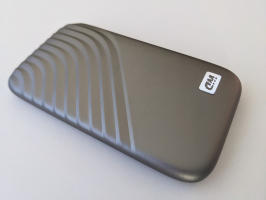The two Thunderbolt 3 ports on the Lenovo ThinkPad X1 Carbon (5th Gen 2017) can be used to charge up to two USB Type-C devices quickly using USB Power Delivery technology. To see how well they support charging when plugged in with the original Google Pixel and the newer Google Pixel 2 XL phones, we find out using Granite River Labs GRL-USB-PD-A1 test analyzer.
Note that the Lenovo ThinkPad X1 Carbon (5th Gen 2017) can typically output 15 watts (5 volts @ 3 amps) over USB Power Delivery to charge a peripheral from each its Thunderbolt 3 enabled USB Type-C ports.
When we first connect the Google Pixel on a fully drained battery to a Thunderbolt 3 port on the Lenovo ThinkPad X1 Carbon (5th Gen 2017) while 97% charged, we can see Vendor Defined Messages start to occur over USB Power Delivery protocol transactions to adjust voltage and current. The Lenovo PC then follows up to advertise only a single 15 watts (5 volts @ 3 amps) across a long repeated series of source capabilities.
Eventually after a hard reset as the Lenovo ThinkPad X1 Carbon (5th Gen 2017) again declares the same initial 15 watts (5 volts @ 3 amps), the Google Pixel only starts to request this power from the PC.
After accepting the phone's 15W power request, we also see the PC exchanges power ID with the phone over Vendor Defined Messages.
While the Google Pixel's battery is being 19% charged, we plug in the Google Pixel 2 XL to the other Thunderbolt 3 port on the Lenovo ThinkPad X1 Carbon (5th Gen 2017), while also at 19% battery level on the Pixel 2 phone. Similarly, we also observe the Lenovo PC starts to repeatedly offer only 15 watts (5 volts @ 3 amps) power profile after Vendor Defined Messages over USB Power Delivery.
After the 15W power advertising is over, the Google Pixel 2 XL then repeats the same power cycle as earlier seen with the Google Pixel to also request and establish 15W power contract as well as later exchanging power ID with the Lenovo ThinkPad X1 Carbon (5th Gen 2017).
Looking at the power graphs, we can judge how well the Lenovo ThinkPad X1 Carbon (5th Gen 2017) charges the Google Pixel from zero battery as well as the Google Pixel 2 XL from a 19% full battery.
In the first 6 minutes of charging, the Google Pixel only draws around 0.5 amps @ 5.1 volts once plugged in when off at zero charge. As power is requested, the phone quickly pulls up to about 2.7 amps while the voltage drops slightly to charge at around 13 watts (4.8 volts @ 2.7 amps). After a brief power lapse, the phone pulls current from around 2.6 amps to 2.2 amps @ 4.9 volts towards the end of the first 23 minutes.
When the Google Pixel is 19% charged, the Google Pixel 2 XL is also plugged in at 19% battery to the Lenovo ThinkPad X1 Carbon (5th Gen 2017) which now has 81% battery charge left on the PC. Here we can see the PC starts to supply around 12.5 watts (4.8 volts @ 2.6 amps) upon power request to the Google Pixel 2 XL when both phones are on. As current gets pulled lower, trickle charging can be seen to occur randomly in line with small changes in voltage.
The voltage then eventually settles out at about 4.9 volts while the current pulled gets more stable to mostly stay at below 2 amps.
The Lenovo ThinkPad X1 Carbon (5th Gen 2017) is able to supply near the max 15W power supported by each Thunderbolt 3 connector to charge the Google Pixel and Google Pixel 2 XL phones reasonably well over USB Power Delivery. However, the phones still charge faster using their own USB Power Delivery based Google 18W chargers as seen in these reviews (click here for Google Pixel 2 XL and here for Google Pixel).
 GTrusted
GTrusted








